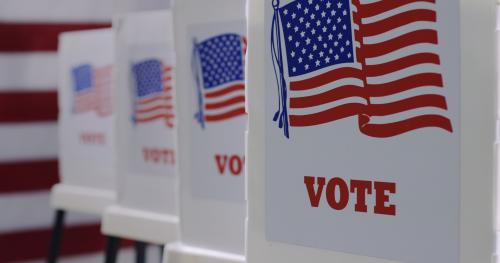R.I.P., public option. Opponents saw it as a stalking horse for a government take-over of health insurance. Supporters saw it as a powerful instrument for disciplining private insurers. In truth, the public option was always a red herring. Neither the fears nor the hopes were based on reality. Ever alert to protect economic interests of their constituents, members of Congress were never going to let a public insurance plan put private health insurance companies out of business. A likely, but little discussed, possibility was that a public plan would become a dumping ground for bad health insurance risks.
If so, it would be expensive and therefore seem inefficient even if it was well run. The proposed health insurance cooperatives, now likely to be included in the bill reported out by the Senate Finance Committee, are a harmless sop that will likely be about as important in health insurance as credit unions are in the financial world – a nice option for a few but of little overall significance.
The endless and tedious debate on the public option was not innocent, however. For weeks it has been clear that public option was going nowhere. That reality did not prevent the frenzied attention lavished on it from diverting attention from reform issues that really count – how to create health insurance exchanges, what powers to give them, how much insurance people should have, what subsidies low-income households need to make that insurance affordable, and how to change health care delivery to realize the full potential of modern medicine.
Although it would be nice to think that debate about the public option really is behind us, such hopes may be premature. Though decapitated by the Finance Committee, it may well run around the barnyard once again if and when bills passed by the House and Senate go to conference.


Commentary
R.I.P. Public Option
September 29, 2009